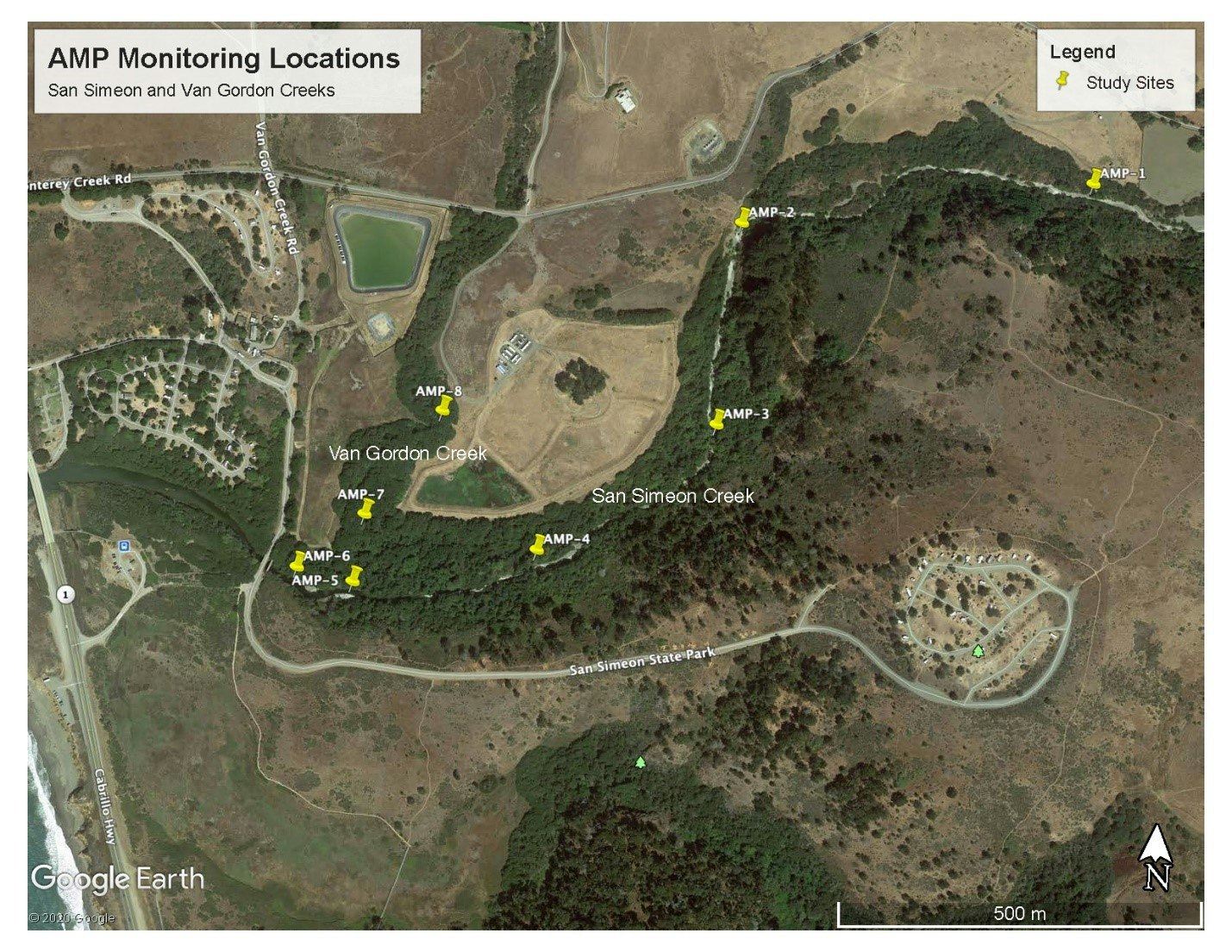Responses to Requests for Information
Responses Posted 5/13/2021
Q: Is there a page limit for either the Proposal or the Statement of Qualifications?
A: No.
Q: Can you let us know the percentage assigned to each of the evaluation criteria, listed on page 7 of the Request for Statement of Qualifications and Proposals?
A: The evaluation criteria has not been weighted.
Q: For submission of the PDF version of the proposal and Statement of Qualifications (as referenced in the Request for scope of work and proposal, pages 3 and 4), should the file be included on a thumb drive to be delivered with the hard copies, emailed, or submitted on cambriacsd.org? And regarding the PDF version of the fee estimate and rates, should that be included as a separate PDF file from the proposal?
A: The preferred method of delivery for all PDF documents is via direct upload at our website: https://www.cambriacsd.org/request-for-qualifications-and-proposals. Alternatively, you may opt to include a thumb drive with your hard copy submission.
Q: On page 6 of the Request for Qualifications and Proposals, it is specified that the response must be signed by an officer of the firm. Must that be a wet signature?
A: No. Digital signatures are accepted.
Q: The Request for Qualifications and Proposals lists Project Schedule under Evaluation Criteria on page 7; however, the Task 1 of the scope includes “development of an overall schedule” and “a detailed. Please clarify if a schedule should be provided with the proposal or if the schedule will be developed within the scope of the study.
A: Please submit a preliminary project schedule using the information available to you. The District will request a detailed project schedule after the kick-off meeting based on that conversation and the scheduling constraints identified.
Q: Page 2 of the Request for Qualifications and Proposals states “Other plans, programs, and reports included in the attached bibliography. No bibliography was attached to the PDF or posted on cambriacsd.org; can you please let us know how we can receive a copy of the bibliography referenced on page 2 of the Request for Qualifications and Proposals?
A: This was an oversight on our part. The bibliography is available below.
Q: The Request for Qualifications and Proposals indicates 7 total meetings: four (4) public presentations on draft components, two (2) public presentations on the entire draft plan, and (1) public presentation on the Final IFSP technical report. Does this number of meetings include TAC meetings for study plan development, or should TAC meetings be treated separately?
A: The seven (7) meetings are public meetings. The District does not anticipate holding a public meeting with the TAC for study plan development. Please treat project team meetings separately from public meetings.
Q: Page 1 of the Request for Qualifications and Proposals indicates a task to “Provide assistance and guidance to CCSD staff in researching and making application to applicable grant and financing opportunities to supplement project budget.” However, the 4 tasks listed under Proposal Scope of services beginning on page 3 include Task 1 – Kick-off Meeting, Task 2 – Review of Documents and Data; Analysis and Evaluation, Task 3 – Development of the IFSP, and Task 4 – Execution of the IFSP and Technical Report. Should “grant and financing opportunities” be included under one of the previous four tasks or called out as a separate task?
A: Please include grant and financing assistance within Task 1.
Q: Does CCSD have an idea of the study area they would like included in the instream flow study plan (i.e., upstream and downstream extents and does it include the estuary)?
A: The study area will be determined in consultation with the California Coastal Commission, California Department of Fish and Wildlife, and California State Parks. Historically, access to the estuary has been restricted by California State Parks. The CCSD has requested an application for Right of Entry from California State Parks but has yet to receive that document. At a minimum, the study area should include the areas of the lagoon and creeks adjacent to the District’s San Simeon Creek Road water resources area, similar to those identified in the Adaptive Management Plan (see image below).

Q: Will the Instream Flow Study Plan need to address the relationship between flow, water quality in lower San Simeon or estuary, and needs of special status species?
A: Based on preliminary conversation with resource agencies such as the California Coastal Commission, the Instream Flow Study Plan may include:
| Hydrology | Connectivity | Geomorphology | Water Quality |
|---|---|---|---|
| Unimpaired hydrographs | Groundwater/surface water interaction | Channel-forming flows | General water characteristics |
| Impaired hydrographs | Sandbar breaching | Sediment transport | Water temperature monitoring and/or models |
| Exceedance flows | Critical riffle passage | Spawning gravel assessment | Point and/or nonpoint discharges |
| Reach gains and losses | Barriers | Riparian & Floodplain habitat |
Additionally, study personnel will request the following information from regional stakeholders:
- Estuary water quality data from Central Coast Wetland Group and Creek Lands Conservation
- California State Parks San Simeon Creek water quality and flow data
- Greenspace San Simeon Creek water quality and flow data
Q: Will the Instream Flow Study Plan need to address the relationship between flow, water levels in the estuary, and needs of special status species?
A: See previous answer.
Q: Can the District confirm that Task 3 is to develop the Instream Flow Study Work Plan and Task 4 is to prepare the Instream Flow Study Report?
A: Yes, the District confirms that Task 3 includes developing the Instream Flow Study Work Plan and Task 4 includes completion of the Instream Flow Study Report.
